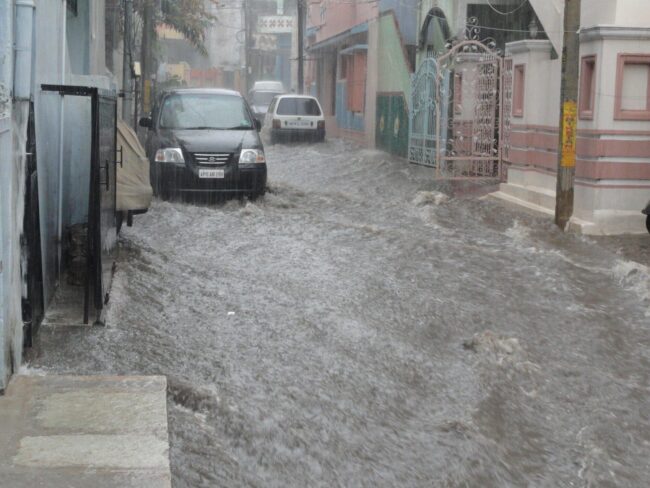
What happens to a home after floodwaters rush in? The damage can be overwhelming, leaving behind a trail of destruction that changes everything. Water seeps into every corner, weakening structures and creating unseen dangers.
Even after the water recedes, the problems don’t just disappear. Hidden threats linger, making homes unsafe and unlivable. The aftermath is more than just cleaning up, it’s about facing the reality of home damage after a flood.
In this blog, we will discuss the 4 common damages to residential homes after a flood.
1. Structural Damage to Foundations and Walls
Floods can cause major structural damage to homes. Water can weaken foundations and walls. This can lead to cracks and instability, making homes unsafe.
Sometimes, the damage is not visible at first. Homeowners might notice issues later, like doors that do not close well. Regular checks after a flood are important for safety.
Getting a personalized plan for repair can help. Professionals know how to fix structural problems. They can ensure homes are safe and strong again after a flood.
2. Damage to Plumbing and Sewage Systems
Flooding can also harm plumbing and sewage systems. Pipes can burst when pressure from floodwaters increases. This can lead to significant water issues for homes.
Sewage backups are another common problem. Floodwaters can push sewage into homes. This not only creates a mess but also poses health risks.
Checking plumbing after a flood is essential. Professional help can identify hidden issues. Repairing and cleaning these systems will restore normal function.
3. Mold and Mildew Growth on Walls and Flooring
Mold and mildew thrive in wet environments. After a flood, homes are at risk for mold growth. This can happen in walls, carpets, and even wooden floors.
It is important to act quickly. If mold is allowed to grow, it can cause health problems. To effectively deal with this, consider seeking help from a professional water damage restoration service in your area.
Restoration and cleanup should focus on removing mold. Professionals can safely clean and treat affected areas. Making the home mold-free is vital for everyone’s health.
4. Ruined Flooring, Carpeting, and Drywall
Floodwaters ruined flooring and carpeting. Carpet cannot always be saved after it gets wet. Often, they must be replaced.
Drywall is also vulnerable to water damage. It can soak up water quickly, leading to decay and mold. This can make rooms unsafe and unwelcoming.
Effective restoration and cleanup involve replacing damaged materials. Homeowners should act fast to limit damage. Doing so ensures a safe and comfortable home after a flood.
Overcoming the Challenges of Home Damage After a Flood
Dealing with home damage after a flood can be overwhelming, but quick action can make a difference. Addressing structural issues, plumbing problems, and mold growth ensures a safer living space. Taking the right steps now can prevent long-term issues and costly repairs.
Professional help can restore your home to its original condition. Experts have the tools and knowledge to fix damage properly. If your home has been affected, now is the time to start the recovery process.
Did this article help you? Browse our blog for more interesting topics.
